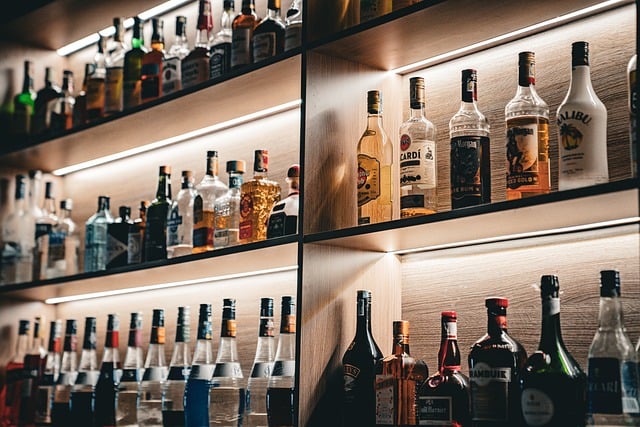Culinary Alchemy: The Art of Smoke-Infused Cocktails
Smoke-infused cocktails are taking the mixology world by storm, offering a sensory experience that transcends traditional drink-making. This innovative trend combines the art of bartending with the science of flavor manipulation, resulting in drinks that not only taste extraordinary but also engage all the senses in a theatrical display.

The type of wood or herb used for smoking greatly influences the final flavor. Hickory imparts a bold, bacon-like essence, while applewood offers a sweeter, fruitier note. Herbs like rosemary or thyme can add aromatic complexity, creating a multi-dimensional drinking experience that evolves with each sip.
Techniques for Smoke Infusion
Mixologists employ various techniques to incorporate smoke into their creations. The most common method involves using a smoke gun to fill a glass or decanter with smoke before adding the cocktail. This allows the drink to absorb the smoky essence gradually, resulting in a subtle yet noticeable flavor transformation.
Another popular technique is the use of a smoking cloche. The cocktail is placed under a glass dome filled with smoke, allowing it to infuse while creating a dramatic reveal when presented to the guest. Some bartenders even go as far as smoking individual ingredients before mixing, such as infusing simple syrups or aging spirits in smoked barrels.
Pairing Smoke with Spirits
The key to a successful smoke-infused cocktail lies in finding the perfect balance between the base spirit and the smoky element. Robust spirits like whiskey and mezcal naturally complement smoke, enhancing their existing flavor profiles. However, unexpected pairings can yield surprising results.
Gin, with its botanical notes, can be beautifully enhanced by delicate herb smoke. Vodka, being relatively neutral, serves as a blank canvas for bolder smoke flavors. Even light rum can benefit from a hint of fruit wood smoke, adding depth to tropical cocktails without overwhelming their inherent brightness.
The Role of Garnishes and Presentation
In smoke-infused cocktails, garnishes play a crucial role beyond mere decoration. They can complement or contrast the smoky notes, adding layers of complexity to the drink. Citrus peels, when torched, release aromatic oils that interact with the smoke. Herbs like sage or thyme can be lit briefly to release their essential oils, contributing to the overall aromatic experience.
Presentation is equally important in these cocktails. Many bartenders use custom-designed glassware that traps smoke, allowing it to swirl around the drink as it’s served. Some even incorporate smoke-filled bubbles or ice spheres that release smoke as they melt, creating an evolving sensory journey throughout the drinking experience.
The Future of Smoke in Mixology
As the trend evolves, mixologists are pushing the boundaries of smoke infusion. Some are experimenting with different smoke sources, such as tea leaves, spices, or even unconventional materials like hay or dried flowers. Others are combining smoke with molecular gastronomy techniques, creating smoke-infused foams, gels, or even edible smoke bubbles.
The future of smoke in mixology looks bright, with potential applications extending beyond cocktails. Smoke-infused non-alcoholic beverages, desserts, and even savory dishes are beginning to appear on menus, showcasing the versatility of this technique in the broader culinary world.
Smokin’ Hot Tips & Facts
• Always use food-grade wood chips or herbs for smoking to ensure safety
• Experiment with different smoke times to find the perfect intensity for each cocktail
• Cold smoke tends to be less harsh and more aromatic than hot smoke
• Some popular woods for cocktail smoking include hickory, applewood, cherrywood, and oak
• Smoked ice cubes can add a subtle smoky flavor that evolves as the drink is consumed
• Certain classic cocktails, like the Old Fashioned or Negroni, are excellent candidates for smoke infusion
In conclusion, smoke-infused cocktails represent a fascinating intersection of tradition and innovation in the world of mixology. By harnessing the complex flavors of smoke, bartenders are creating drinks that not only taste extraordinary but also provide a multi-sensory experience that engages and delights. As this trend continues to evolve, we can expect to see even more creative applications of smoke in the culinary world, pushing the boundaries of what’s possible in flavor creation.





